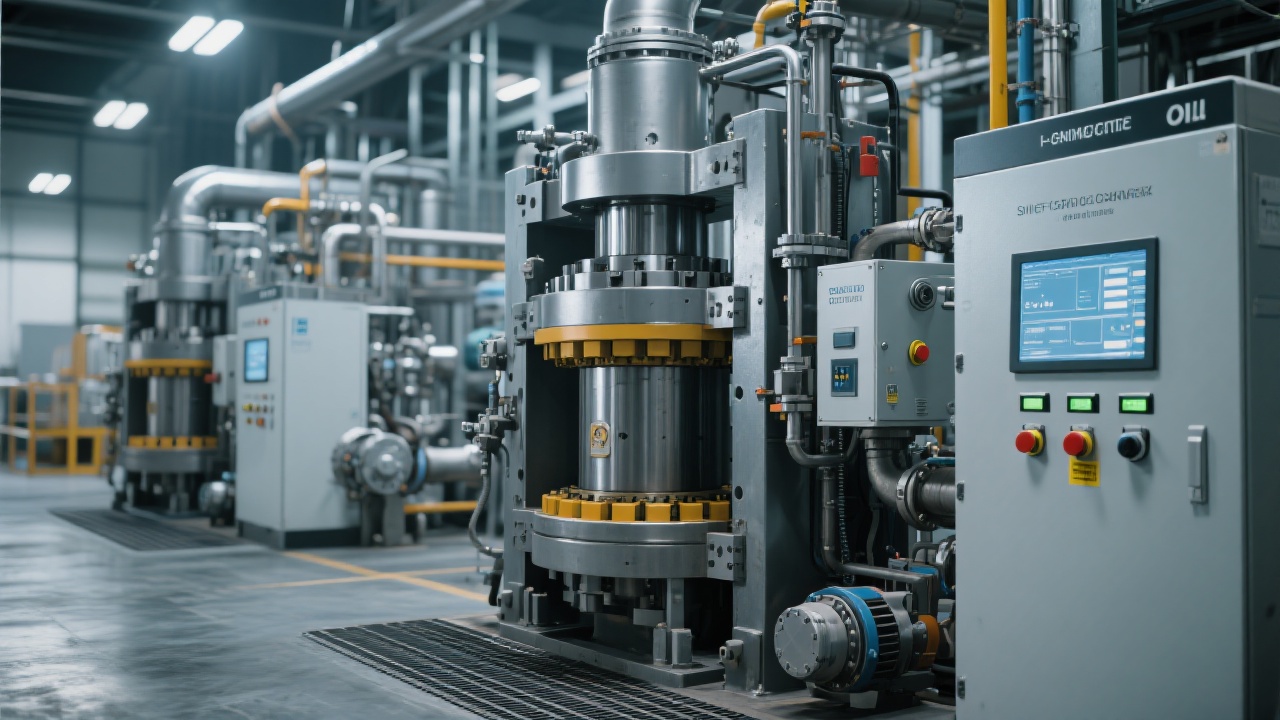
In the past decade, soybean oil production has evolved from labor-intensive processes to intelligent systems that ensure both efficiency and food safety. For processors, this shift isn’t just about boosting output—it’s a commitment to every drop of oil meeting global standards like GB 2716, ISO 22000, and HACCP.
Many older plants still rely on manual sampling and periodic lab tests for acid value, moisture, and free fatty acids—leading to delays in detecting contamination or quality deviations. According to industry data, traditional mills often achieve an average extraction rate of only 18%, while energy consumption per ton can exceed 120 kWh. These inefficiencies directly impact profitability and compliance risk.
Modern facilities now integrate IoT sensors and AI-driven analytics into their processing lines. This allows real-time monitoring of critical parameters such as:
| Parameter | Traditional Method | Smart System |
|---|---|---|
| Acid Value (mg KOH/g) | Daily batch test (delayed feedback) | Continuous online sensor (real-time adjustment) |
| Moisture Content (%) | Manual oven drying (error-prone) | Near-Infrared (NIR) spectroscopy (±0.1% accuracy) |
| Oil Yield (%) | ~18% | 20–22% with optimized process control |
One case study from a leading Chinese soybean processor shows a 30% reduction in energy use after implementing automated temperature regulation and continuous flow optimization. Their defect rate dropped from 4.2% to under 1%, proving that smart tech doesn’t just save money—it builds trust.
With global carbon neutrality goals accelerating, oil producers must act fast. In Europe, regulations like REACH and FSSC 22000 are pushing manufacturers toward zero-waste operations. A well-designed smart plant can reduce CO₂ emissions by up to 25% annually through better heat recovery, precise dosing, and predictive maintenance.

This transformation is not optional—it's essential for staying competitive in markets where consumers demand transparency and sustainability. Whether you're managing a facility or sourcing ingredients, understanding how modern systems work empowers smarter decisions.
If your oil mill still uses paper logs, manual checks, or delayed testing, you’re missing out on real-time insights that prevent waste, improve yield, and protect brand reputation. Ask yourself: Are you optimizing for today—or preparing for tomorrow?
"It’s not just about increasing extraction—it’s about guaranteeing every bottle meets the highest safety standards." — Industry Expert, 18 Years in Edible Oil Processing
Want to see how your plant compares? Download our free benchmarking checklist—it includes 10 key indicators used by top-tier processors worldwide.

